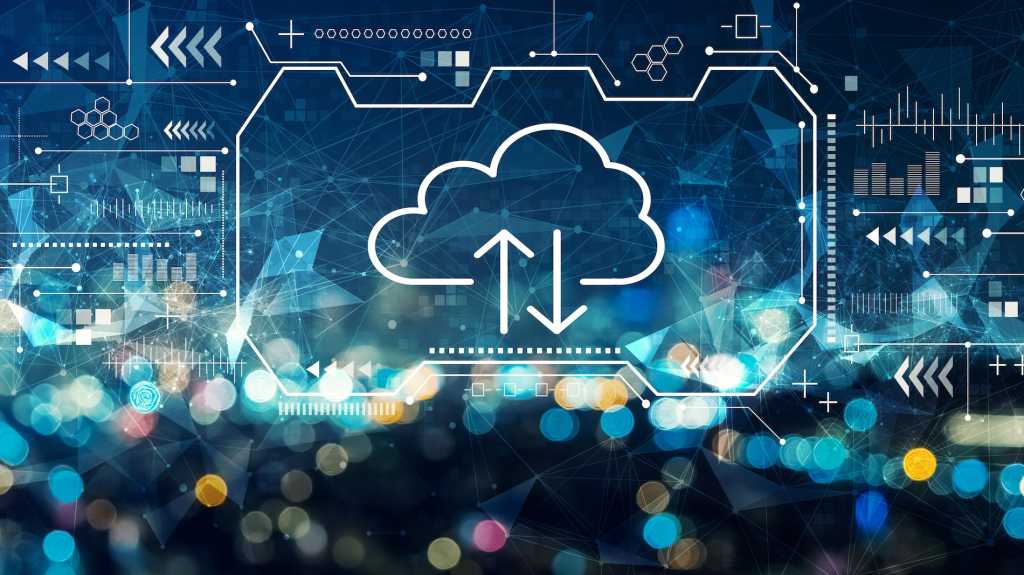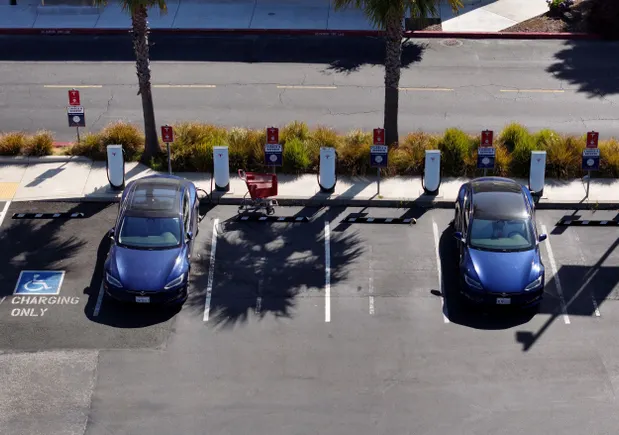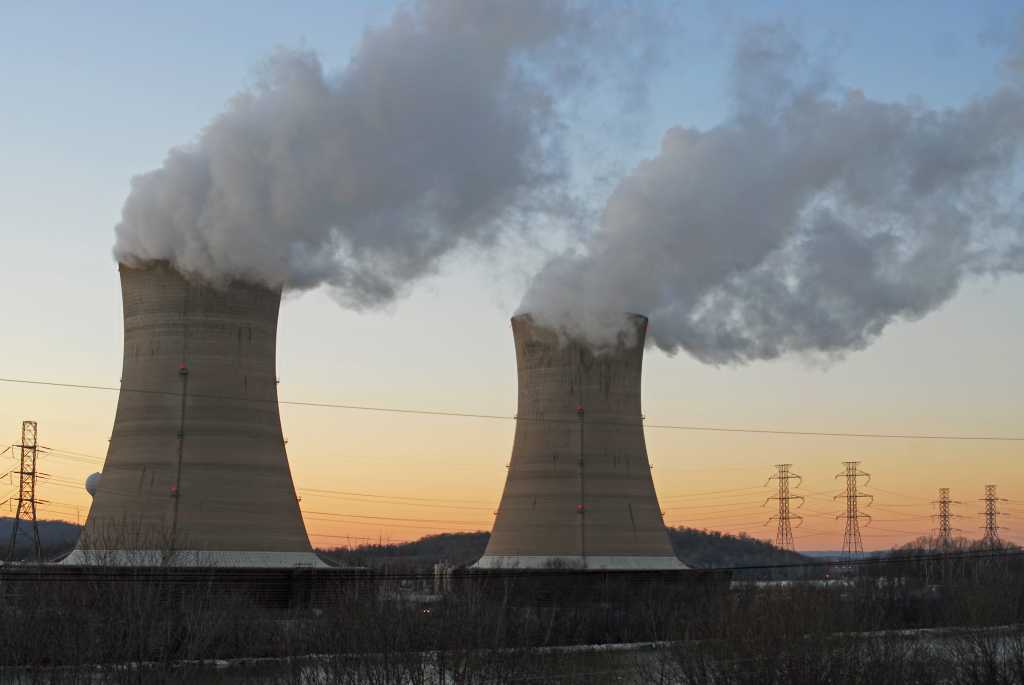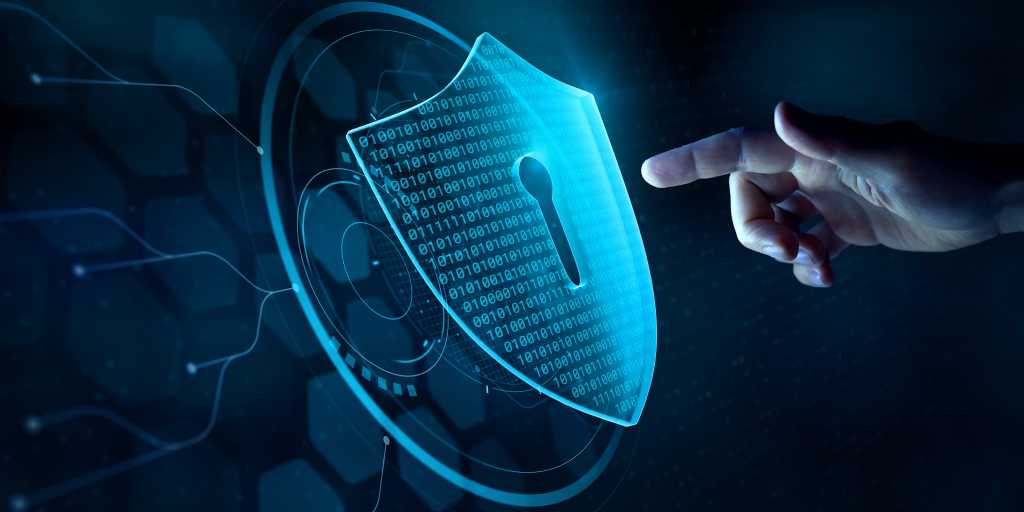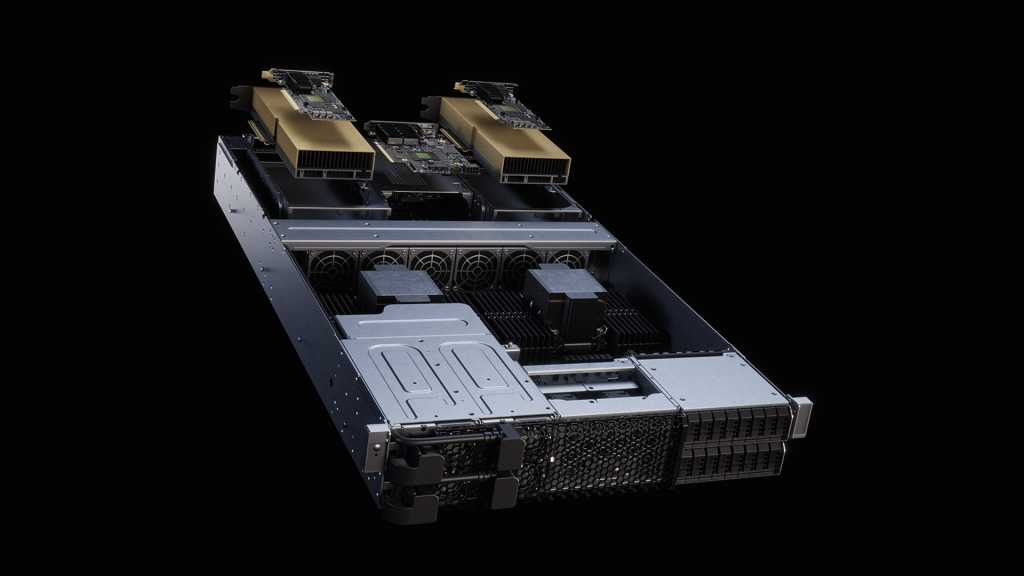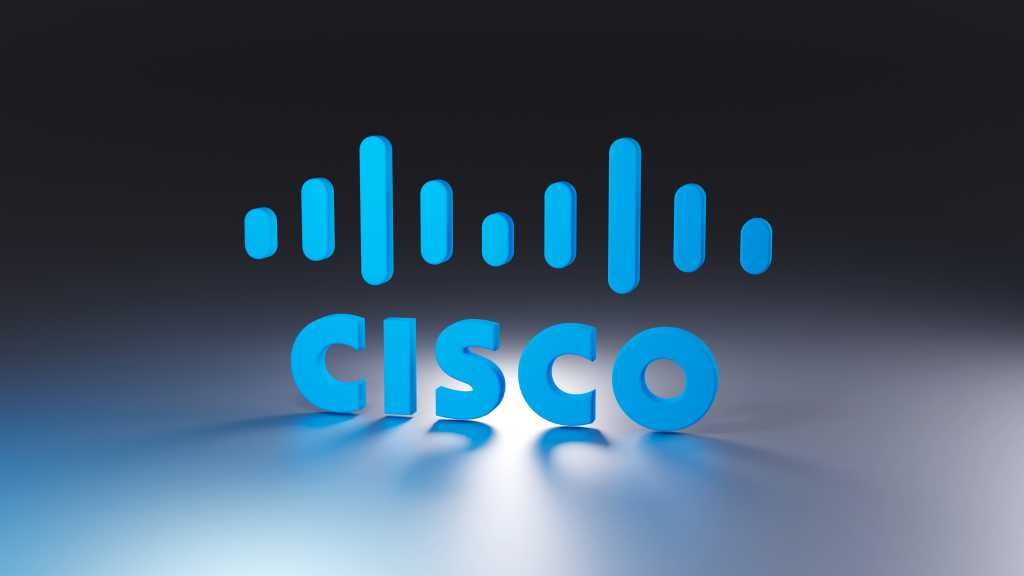
- Organization: Hitachi Vantara
- Skills acquired: Knowledge of data center infrastructure management tasks automation using Hitachi Ops Center Automator.
- Price: $100
- Exam duration: 60 minutes
- How to prepare: Knowledge of all storage-related operations from an end-user perspective, including planning, allocating, and managing storage and architecting storage layouts.
Read more about Hitachi Vantara’s training and certification options here.
Certifications that bundle cloud, networking and storage skills
AWS Certified Solutions Architect – Professional
The AWS Certified Solutions Architect – Professional certification from leading cloud provider Amazon Web Services (AWS) helps individuals showcase advanced knowledge and skills in optimizing security, cost, and performance, and automating manual processes. The certification is a means for organizations to identify and develop talent with these skills for implementing cloud initiatives, according to AWS.
The ideal candidate has the ability to evaluate cloud application requirements, make architectural recommendations for deployment of applications on AWS, and provide expert guidance on architectural design across multiple applications and projects within a complex organization, AWS says. Certified individuals report increased credibility with technical colleagues and customers as a result of earning this certification, it says.
- Organization: Amazon Web Services
- Skills acquired: Helps individuals showcase skills in optimizing security, cost, and performance, and automating manual processes
- Price: $300
- Exam duration: 180 minutes
- How to prepare: The recommended experience prior to taking the exam is two or more years of experience in using AWS services to design and implement cloud solutions
Cisco Certified Internetwork Expert (CCIE) Data Center
The Cisco CCIE Data Center certification enables individuals to demonstrate advanced skills to plan, design, deploy, operate, and optimize complex data center networks. They will gain comprehensive expertise in orchestrating data center infrastructure, focusing on seamless integration of networking, compute, and storage components.
Other skills gained include building scalable, low-latency, high-performance networks that are optimized to support artificial intelligence (AI) and machine learning (ML) workloads; and the ability to use automated solutions, programming concepts, and automated tools for programmable data center fabrics. The program includes two required exams.
- Organization: Cisco
- Skills acquired: Plan, design, deploy, operate, and optimize complex data center networks
- Price: $400 for first exam, $1,600 for second
- Exam duration: 120 minutes for first, eight hours for second
- How to prepare: No formal prerequisites necessary
Microsoft Certified: Azure Administrator Associate
Candidates for the Microsoft Certified: Azure Administrator Associate certification should have subject matter expertise in implementing, managing, and monitoring an organization’s Azure environment, including, virtual networks, storage, compute, security, and governance. They should be familiar with operating systems, networking, servers, and virtualization.


